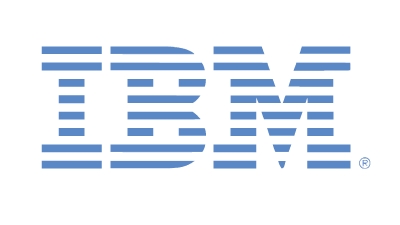Why Database Virtualization Could Be The Cloud's Next Big Enabler
Submitted by Kevin McLaughlin on

Tesora, a Boston-based startup, tackles the problem from a different angle. Founded in 2010 as ParElastic, the startup changed its name in February and pivoted to focusing on the Trove database-as-a-service project under OpenStack.
Ken Rugg, founder and CEO of Tesora, said his company aims to virtualize the database layer to make it possible for many apps to share a common pool of database resources. Instead of buying more hardware to support more users, companies can run Tesora's software commodity hardware.
"Our database virtualization engine is middleware that sits between apps and a set of databases," Rugg said.
Tesora spreads workloads across many servers and allows that capacity to be shared by many users. Tesora can also handle both NoSQL and SQL queries, which means customers don't have to change their data model to use the technology, according to Rugg.
This allows capacity to be spread across servers and is key to the multi-tenancy that is so important for the cloud. "We're allowing different users to have data residing in the same set of databases," Rugg said.
Donald Coolidge, co founder and CEO of Majestyk Apps, a New York City-based system integrator that partners with Tesora, said database virtualization technology has helped his firm boost application performance while also cutting costs.
When one of Majestyk's clients had a SaaS app that was slowing down due to a flood of new users, they used Tesora to scale the database resources. Instead of paying for database developers to fix the issue, they were able to solve the issue using Tesora, Coolidge said.
"There are people costs associated with database development," Coolidge said. "Tesora offered an easier, faster way of doing this that was also quick and easy to implement."






